If one accepts that no optical design can ever attain perfection, one should also consider that no lens can be so bad as to be totally useless either. When you think of lenses not as mathematical optimization problems but as useful tools for the artist, there really should be no such thing as a bad lens, only lenses with different characteristics, some more highly corrected than others. It is the same with painting. Is a plastic pallet knife really any worse or better than a thousand-dollar brush made of sable? Yes, there are sable brushes costing a thousand dollars, and no, it depends on what the artist is trying to achieve. In the late 19th Century painters such as Sir Lawrence Alma-Tadema reached the very limits of perfection in representational art, and immediately there arose a new movement opposed to the idea of perfection, and dedicated to re-discovering the primitive. Something similar is happening in photography today. One of the early signs was the cult status achieved by the Holga.
It Was the Best of Gear, it Was the Worst of Gear.
Our great search for the primitive brings us to this Kodak product, a single-element plastic meniscus, fixed at F11 and focused permanently at 15 feet, that was intended to be thrown away after 36 exposures. It’s hard to imagine a lens less optimized. I would argue that a pinhole is more sophisticated. So naturally I felt attracted to the idea of pairing such a lens with the highest quality 35mm sensors on the market, in this case the Leica M11, which resolves 60 MP and delivers some 15 stops of dynamic range. DXO rates it 100 out of 100 in their list of camera sensors.
The main reason to do this is not a macabre fascination with uniting opposites. That would be a secondary reason. The main reason is that the modulation transfer function “MTF” of a lens-camera assembly is the MTF of the lens multiplied by the MTF of the sensor or film. So to see accurately what a lens is really doing, you need a sensor or film with an MTF very close to 100%. You need to use a really good sensor to be assured that the fringes and aberrations you see are the result of the lens alone.
The lens kit was conveniently provided by a person named Bernd Sieger in Aachen, Germany selling in eBay under the name “Vintageglas”. He does a steady business removing fixed lenses from a wide variety of source cameras, mostly German, that are no longer operable. Then he resurrects them in M42 and M39 thread mount. I have bought perhaps a dozen lenses from Bernd and just now while writing this bought four more. The first lens-buying binge occurred during Covid and I must have been searching for relief in all the wrong places, as we all do on occasion, easing my boredom via lens purchases during times that made photography almost impossible, unless you like pictures of people wearing masks. Some of the lenses Bernd converts are highly respectable and desirable brands like Schneider-Kreuznach and Zeiss Biogon, and then there is this Kodak lens, the absolute bottom of any list.
So the challenge for the week was to take the meniscus lens out for a few dates to see if we can discover its peculiar talents and showcase its unique character. We will try to maintain a distance of 15 feet, since it does not focus. And just for comparison, I will bring along the Leica 35mm Apo-Summicron, a $8,500 lens of similar focal length, whose degree of correction is something supernatural. It is the best commercially available lens I know of, along with the older 50mm Apo-Summicron. The Summicron is 173 times more expensive than the Kodak lens, which cost $49 including the custom mount, made from desktop-manufactured plastic.
Another challenge is working at F11 in available light. The original Kodak cameras had no exposure adjustment and therefore could only be used in bright sunlight or light overcast. When working at F11 there is a temptation to crank up the ISO in low-light. The sensor is capable of high speeds, but each doubling of the ISO above the so-called “native” ISO of 200 reduces the dynamic range by one stop. In other words, the whole idea that sensors have variable ISO is something of a fiction. The higher ISOs are nothing but gain, applied to an admittedly excellent dynamic range. The best performance is still at the native ISO.

This is a blog, not a technical journal, so rather than shooting a bunch of test patterns and commenting on the “performance” let’s just go out and see if we can do any good work with this lens. Let’s explore its capabilities. We know it has severe limitations; for example F11 is not the aperture to take into a dimly lit bar for handheld shots. So we will definitely try handheld shots in a dimly lit bar, out of sheer contrariness.
This elementary landscape of a few trees and a flag on Cape Cod immediately shows us that color fringing and lack of sharpness (at F11, two aspects of the same thing) are minor concerns compared with lack of contrast. It was not a foggy day. Compare it with the same scene using the Apo-Summicron and the difference is extraordinary. The single element lens cannot handle a simple overcast sky. On the other hand, if you wanted to emulate a foggy day, this would be the way to do it!
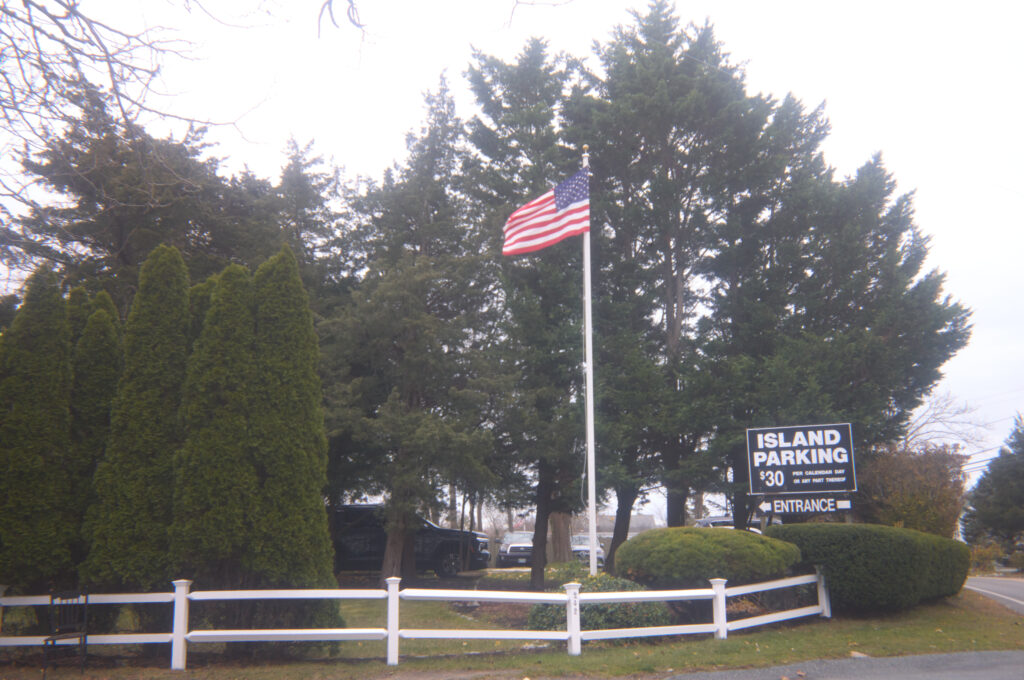
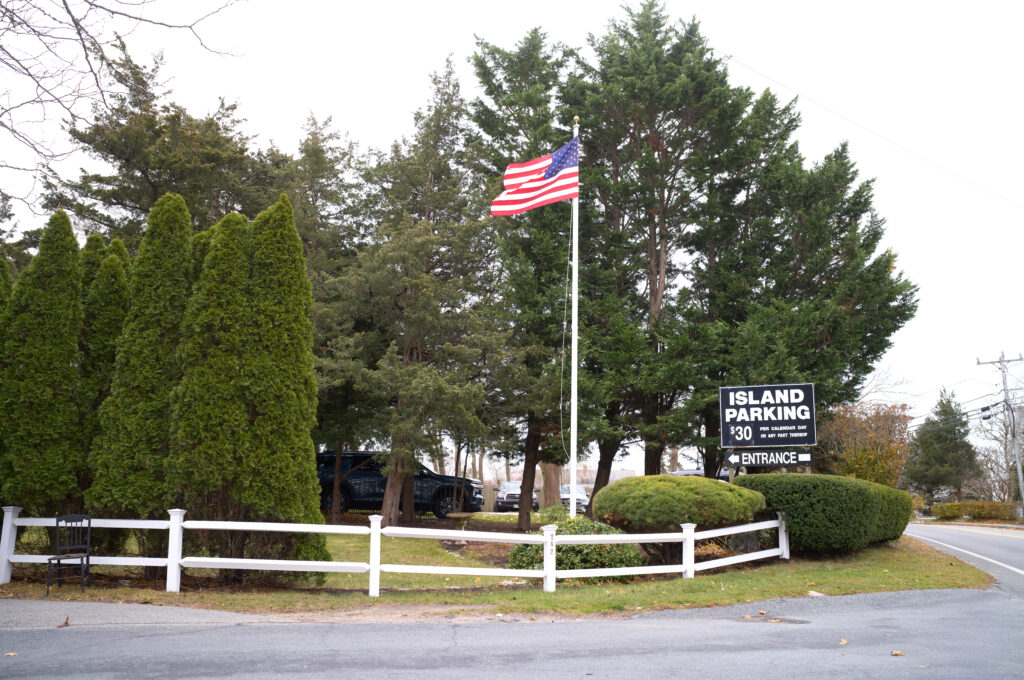
Here is another pair of images to illustrate how it handles backlight: that stock subject of the photographer’s wife sitting on a couch. In this setting the burned-out profile starts to become interesting. The high-resolution lens is too clinical and sharp; this one is more or less atmospheric. If we cranked up the contrast or darkened the shadows it would improve. Check out the two enlargements to see if you can guess which lenses they came from!


The 10x enlargement challenge: Can you tell which is the Apo-Summicron wide open, and which is a single-element plastic at F11?
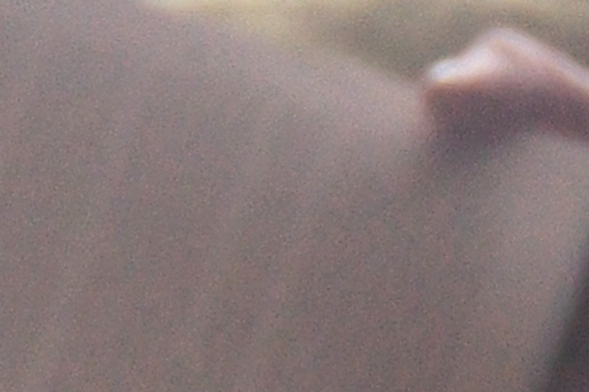
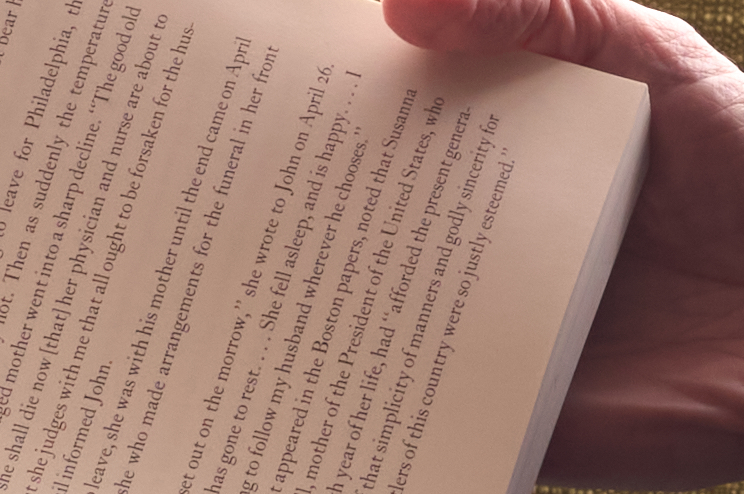
Exposure to the Left
So now let’s return to that idea of a dark bar. Distracting background lights in every direction made this location difficult, and the only way to eliminate background patterns would have been to move close to the subject, which isn’t possible with the focus fixed at 15 feet. But I managed one reasonable shot, hand held at ¼ second exposure. It was like looking through the bottom of a beer glass. Highlights tend to bleed far into the dark areas, which never really go all the way to black. But we minimized the bleed by under-exposing one stop. What colors there are, remain vivid. The plastic must have a pleasing warm tint. There is pincushion distortion, but if anything it tends to activate lines that otherwise would be too boring and rectilinear. As for the color fringing, I wish there were more. I made a mental note to contact a lens designer to see if they can make a custom lens with maximum chromatic aberration.

With only a few minor adjustments in the form of dodging and cropping, I believe we have a presentable photo. The software has the ability to rescue fully exposed details out of pitch black regions in the RAW files, but we are not going there. We save the strong stuff for emergencies.
The unexpected results from the bar suggest another idea. When you have a lens that delivers poor sharpness and contrast, those qualities might actually be desirable when you have a face highlighted against a dark background. So I tried a portrait in which we want to emphasize the hands and face, while surpressing the entourage. It is under-exposed by two stops. This intentional focus on the highlights while throwing away the shadow detail is sometimes called “exposure to the left”.
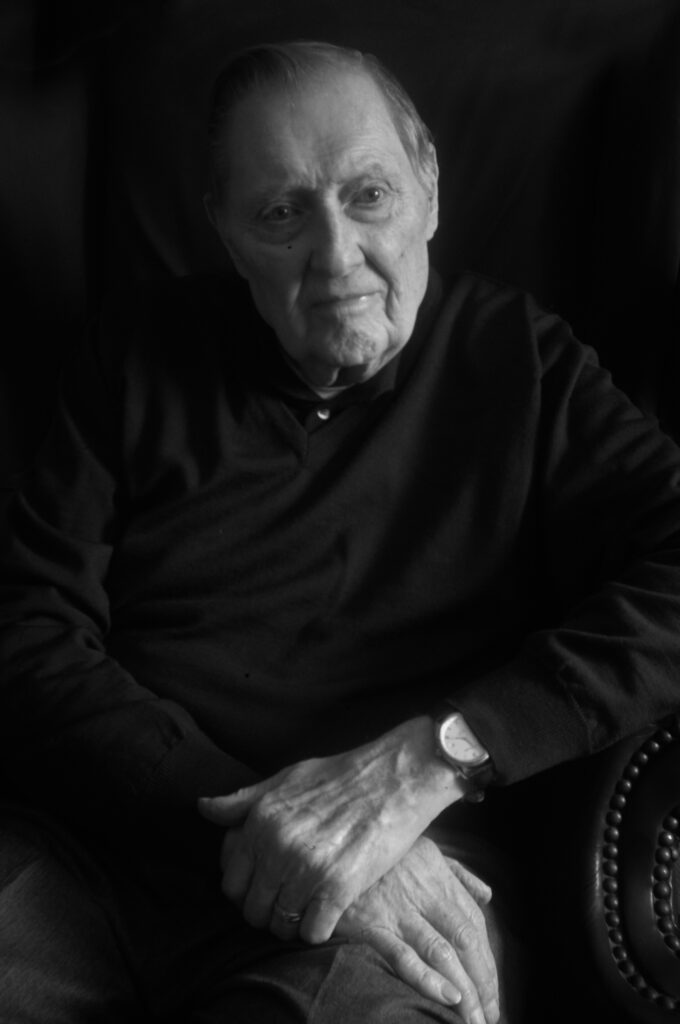
Night is a good time for atmospheric shots. Our natural vision declines at night, making the loss of detail and contrast appear familiar and acceptable. Here is the Boston skyline viewed from a hill, with streetlights in the foreground looking like a painting by Magritte.
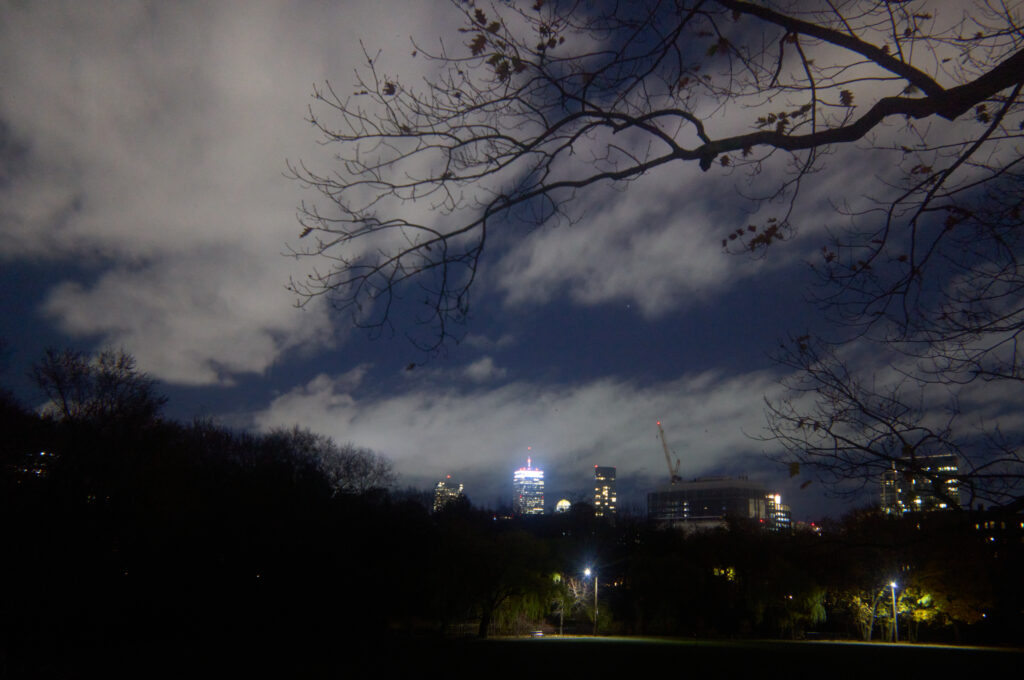
Enlarging the streetlights about ten times reveals wrinkly and distorted rays. They probably result from actual wrinkles in the plastic, which is not molded to great precision. Notice the little green, blue and magenta bands on the rays. They must result from flare interacting with the filters on that wonderful BSI CMOS sensor with Triple Resolution Technology, in some way I can’t quite picture. Also note that the lens is no more blurry at the edges than it is at the center. It is uniformly blurry across the field.
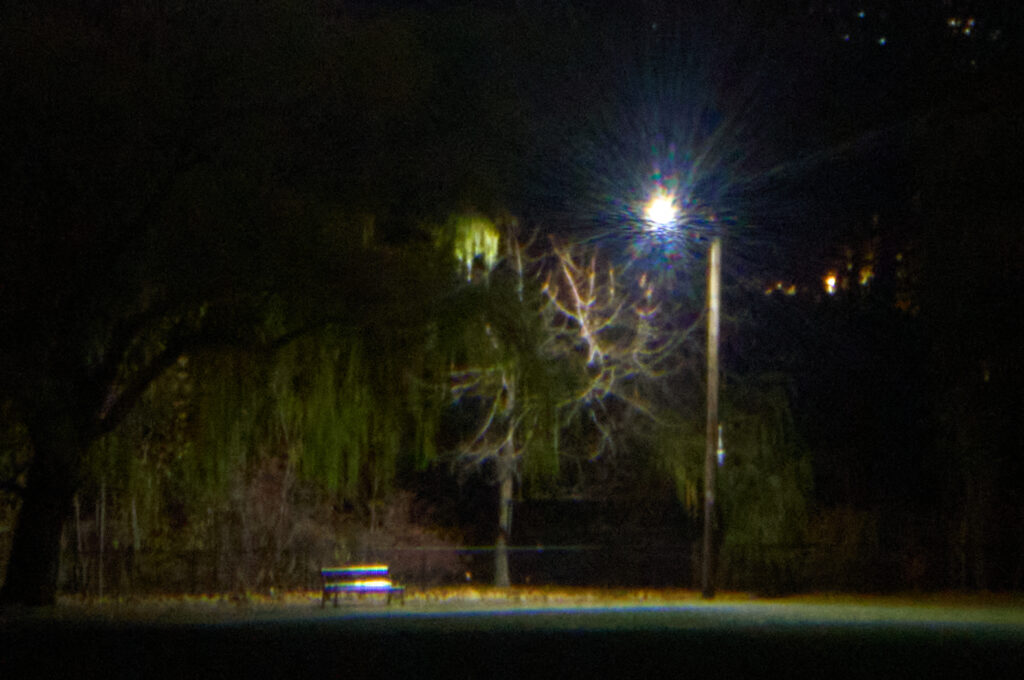
So let’s exploit that flare by walking right up to a streetlight. Now you can clearly see that the rays of light have stripes that turn from blue to green to magenta! There’s an effect you won’t get with a properly designed lens! Helps make the house look haunted.

For the last shot, let’s not forget daytime. With full sunlight at your back, the flare is not apparent, and it may even serve to lighten up the harsh shadows. The lens seems to handle blue skies quite well – they do not haze over. Is that because blue skies already represent haze, the blue light scattered by the atmosphere?

Concluding thoughts
Unlike some more highly corrected lenses this lens does not have a sweet spot. It is uniformly fuzzy across its visual field. This is one of its most interesting and unique properties because it does not emphasize the center and blur the perimeter.
An astonishing amount of ingenuity and hard work goes into getting the last bit of performance out of a lens. Designing the 50mm Apo-Summicron is said to have taken five years. Leica lenses also use proprietary glasses made with rare earths costing more than gold, which (I am told) partly accounts for their high cost. If you can’t already tell, I absolutely treasure those lenses, and they have been very good to me in return.
But when you go out into the world with something to say, it’s time to forget everything you know and love, and do whatever is necessary to get the shot you need. There are times when a pinhole lens is the right thing and there are even times when these single-element plastic lenses have the right stuff. To get different ideas across, you sometimes need to see the world through different lenses.
Share this post:
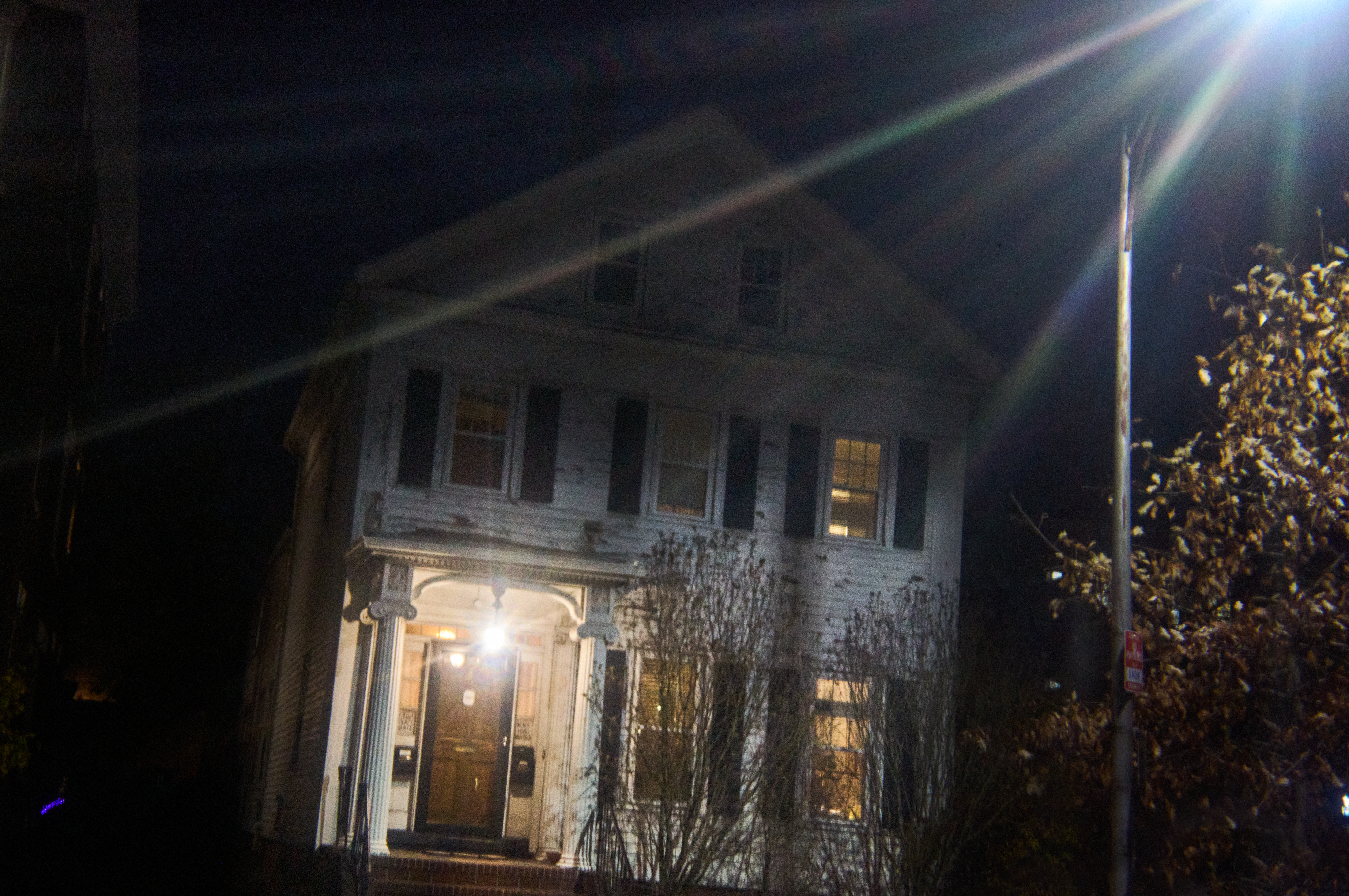
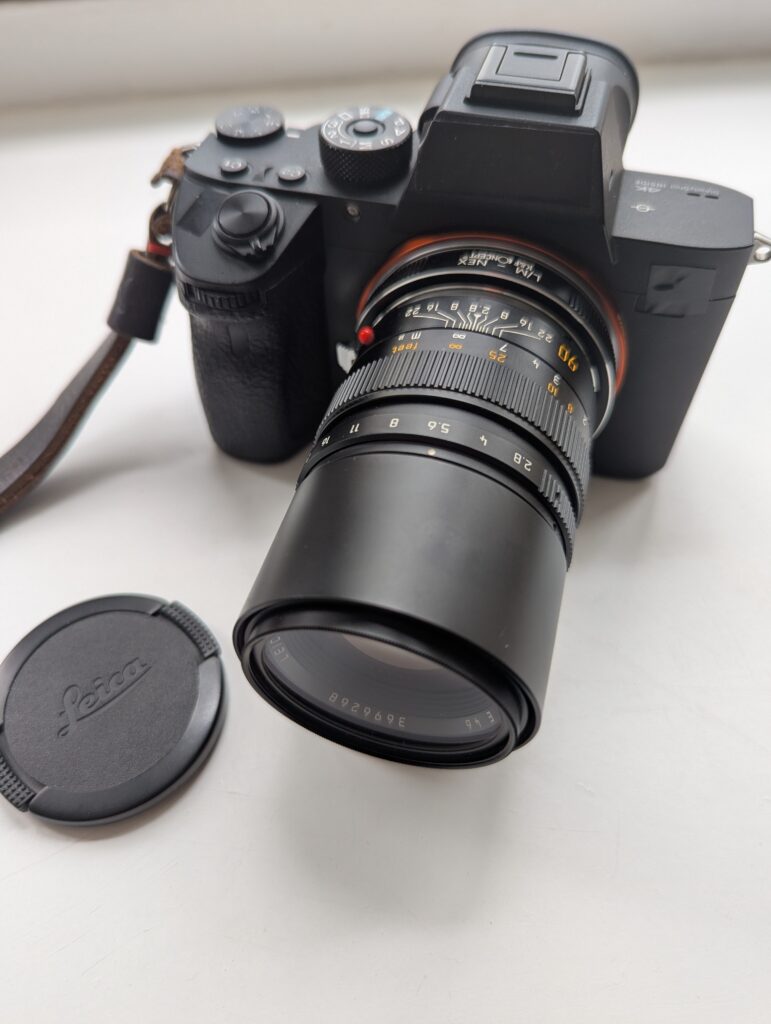
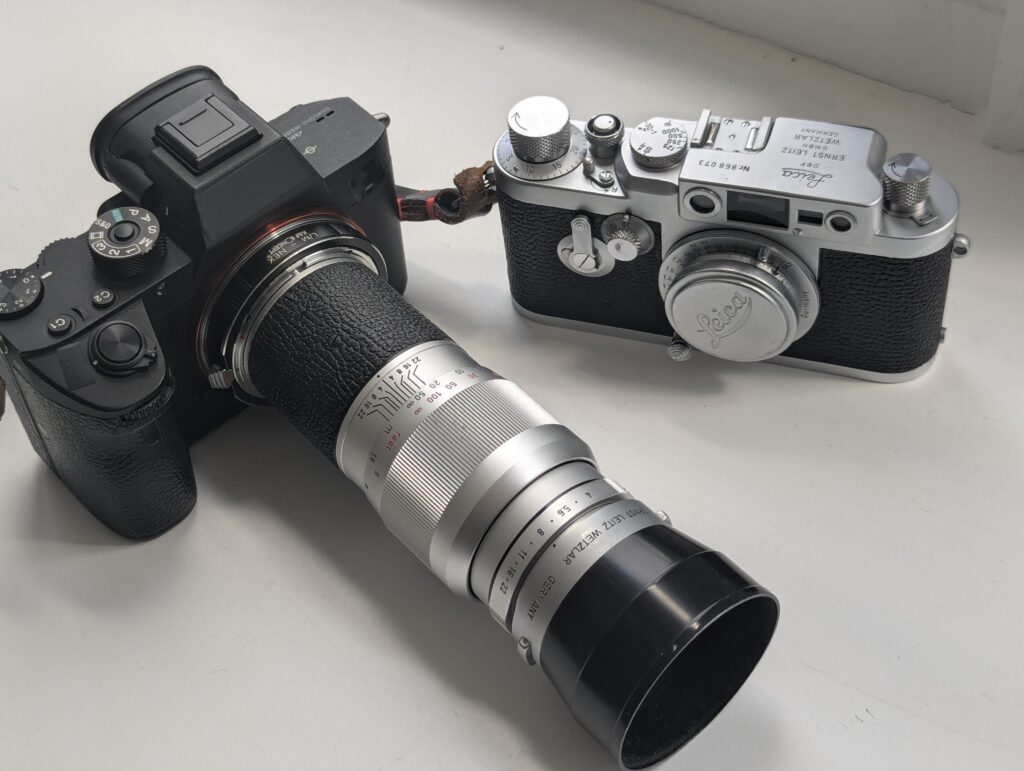
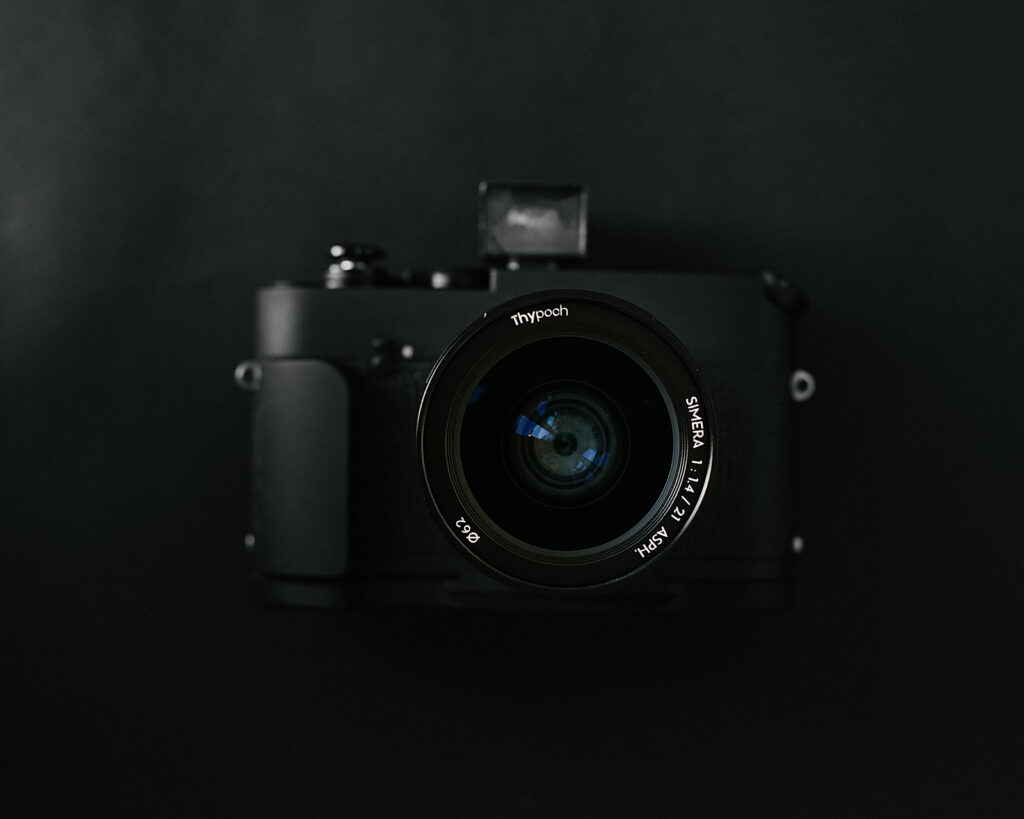
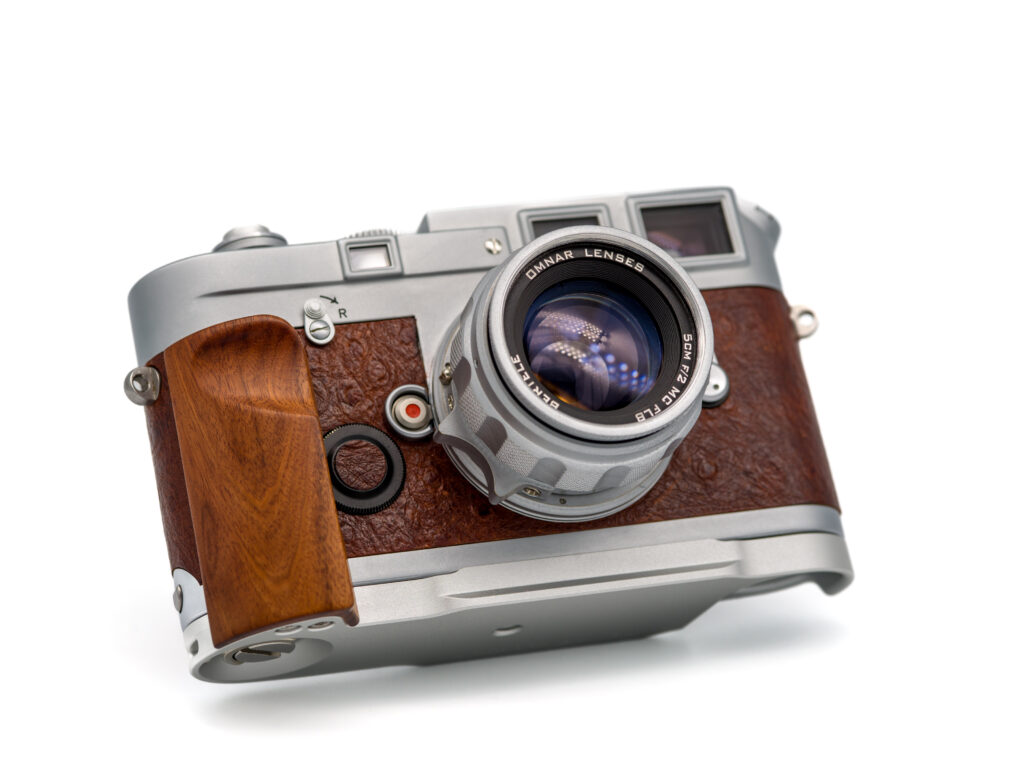

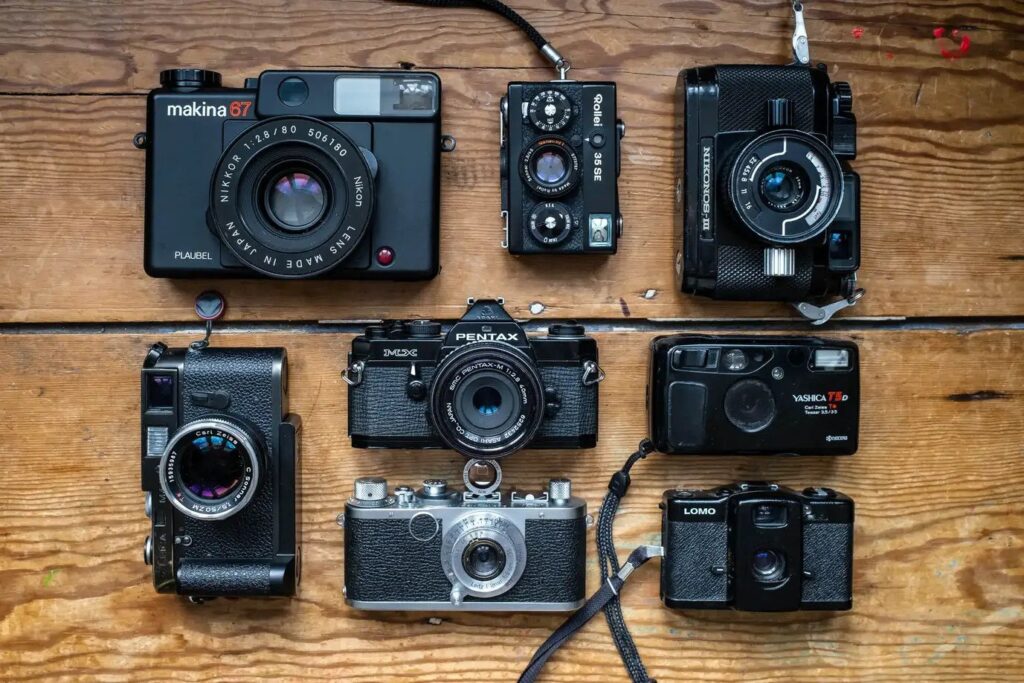
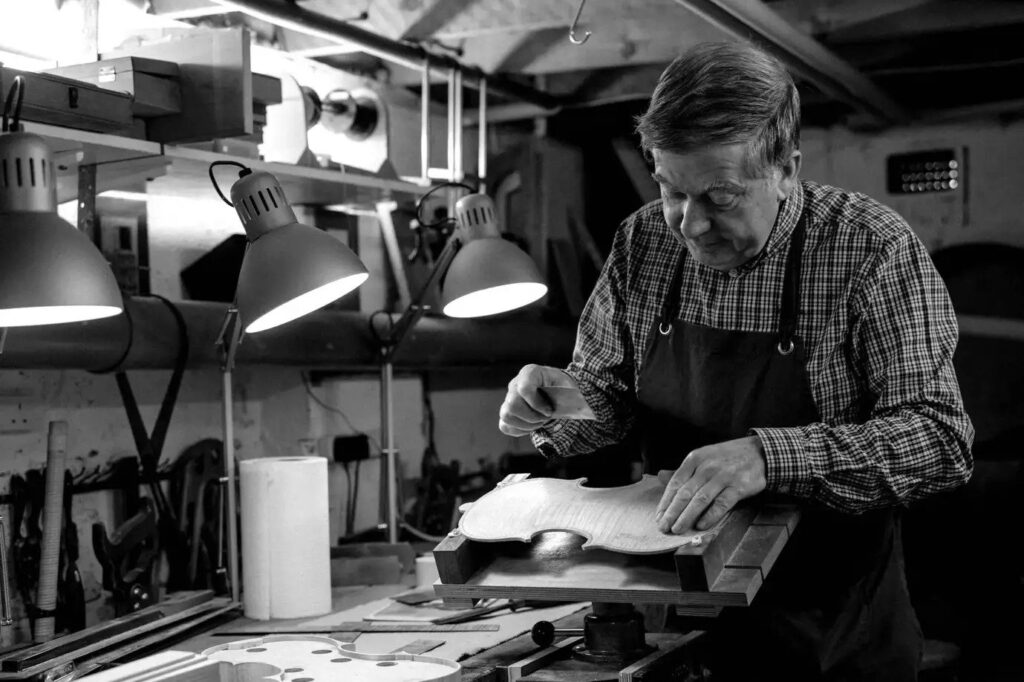
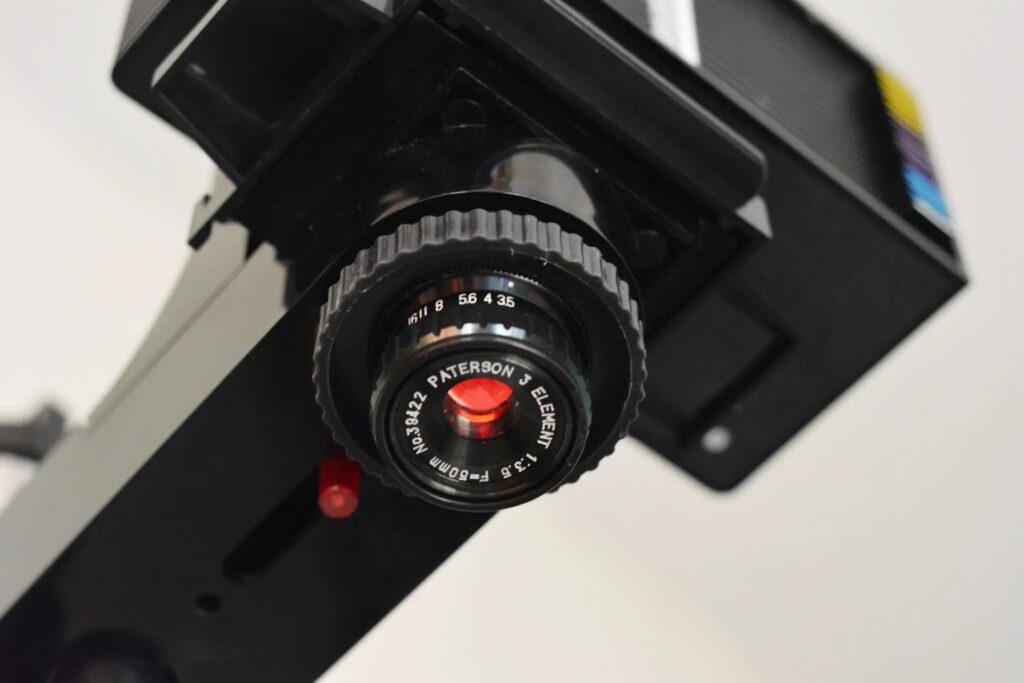
Comments
loris viotto on Kodak Single-Element Plastic Meniscus Lens – A Quest for the Primitive, Episode 1: The Worst Lens Ever Produced?
Comment posted: 01/01/2025
Auguri a tutti voi !!
Comment posted: 01/01/2025
Andrew on Kodak Single-Element Plastic Meniscus Lens – A Quest for the Primitive, Episode 1: The Worst Lens Ever Produced?
Comment posted: 01/01/2025
Chris Davenport on Kodak Single-Element Plastic Meniscus Lens – A Quest for the Primitive, Episode 1: The Worst Lens Ever Produced?
Comment posted: 01/01/2025
Jonathan Leavitt on Kodak Single-Element Plastic Meniscus Lens – A Quest for the Primitive, Episode 1: The Worst Lens Ever Produced?
Comment posted: 01/01/2025
Rollin on Kodak Single-Element Plastic Meniscus Lens – A Quest for the Primitive, Episode 1: The Worst Lens Ever Produced?
Comment posted: 01/01/2025
Comment posted: 01/01/2025
ARTHUR GOTTSCHALK on Kodak Single-Element Plastic Meniscus Lens – A Quest for the Primitive, Episode 1: The Worst Lens Ever Produced?
Comment posted: 01/01/2025
Comment posted: 01/01/2025
Comment posted: 01/01/2025
Dave Powell on Kodak Single-Element Plastic Meniscus Lens – A Quest for the Primitive, Episode 1: The Worst Lens Ever Produced?
Comment posted: 01/01/2025
Comment posted: 01/01/2025
Paul Quellin on Kodak Single-Element Plastic Meniscus Lens – A Quest for the Primitive, Episode 1: The Worst Lens Ever Produced?
Comment posted: 01/01/2025
Comment posted: 01/01/2025
Jeffery Luhn on Kodak Single-Element Plastic Meniscus Lens – A Quest for the Primitive, Episode 1: The Worst Lens Ever Produced?
Comment posted: 02/01/2025
I think your choice of scenes shot for comparison added a lot of interest to the article. The backlit woman with the book had a better rendition with the plastic lens (for me). Every lens has it's own character and you showed the extremes. Thanks for the article.
Comment posted: 02/01/2025
Geoff Chaplin on Kodak Single-Element Plastic Meniscus Lens – A Quest for the Primitive, Episode 1: The Worst Lens Ever Produced?
Comment posted: 03/01/2025
Comment posted: 03/01/2025
Jon on Kodak Single-Element Plastic Meniscus Lens – A Quest for the Primitive, Episode 1: The Worst Lens Ever Produced?
Comment posted: 05/01/2025
Comment posted: 05/01/2025
Scott Gitlin on Kodak Single-Element Plastic Meniscus Lens – A Quest for the Primitive, Episode 1: The Worst Lens Ever Produced?
Comment posted: 05/01/2025
Comment posted: 05/01/2025